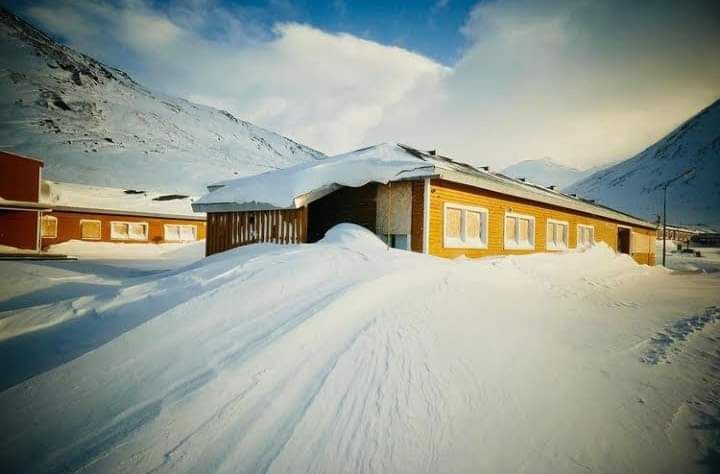
1941 blev der bygget flere amerikanske anlæg i Arsukfjorden, da Kaufmann og de amerikanske myndigheder forhandlede forsvaret af Grønland. Senere koncentrerede US Navy sine aktiviteter om Grønnedal (Kangilinnguit) og blev navnet på basen "Naval Base Groenendael".
Kryolit
Hovedformålet er at beskytte kryolit lasten fra Ivigtut kryolitminen (Ivittuut) og at yde støtte i form af reparationsarbejde samt tilvejebringelse af skibe som ammunition og brændstof.
In 1941, more American installations were built in Arsuk Fjord as Kaufmann and the American authorities negotiated the defence of Greenland. Later, the US Navy concentrated its activities on Grønnedal (Kangilinnguit) and the name of the base became "Naval Base Groenendael''.
Kryolit
The main purpose is to protect the cryolite cargo from the Ivigtut cryolite mine (Ivittuut) and to provide support in the form of repair work and the provision of ships such as ammunition and fuel.
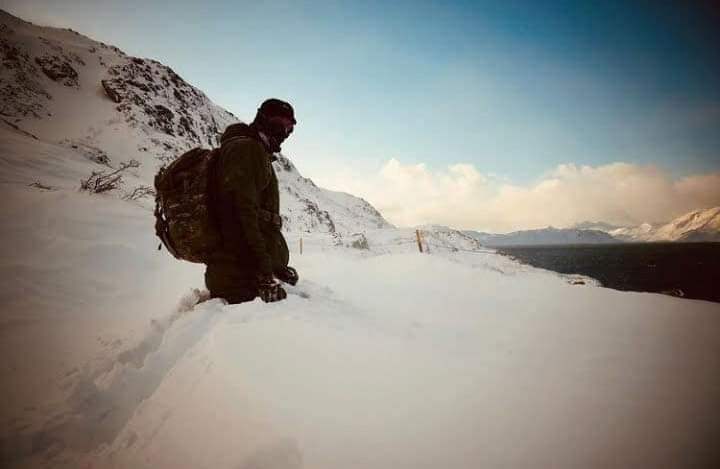
Efter Danmarks optagelse i NATO i 1949 under skrev Danmark og USA i april 1951 en ny aftale om forsvaret af Grønland. Det gav USA ret til at opretholde Søndre Strømfjord forsvar zone og bygge en ny forsvar zone i Thule. giver chefen for Grønlands Søfarts Hovedkvarter status som "Grønlands Kommandant" inden for NATO's kommando struktur. Grønlands Søværnskommando blev hovedkvarter for de tre forsvar, og den 1. august 1951 skiftede den navn til den nuværende "Grønlands Kommando". Den 10. I august 1951 afløste Danmark Grønnedal Basen, der senere blev bygget som Grønnedal Marinestation, senere Grønnedal Flådestation. GLK flyttede samtidig sit hovedkvarter fra Godthåb (Nuuk) til Grønnedal, hvor det har haft kommando elige siden.
After Denmark joined NATO in 1949, Denmark and the United States signed a new agreement on the defence of Greenland in April 1951. It gave the US the right to maintain the Søndre Strømfjord defence zone and build a new defence zone in Thule. gives the Chief of Greenland Naval Headquarters the status of "Greenland Commander" within the NATO command structure. Greenland Naval Command became the headquarters for the three defences, and on 1 August 1951 it changed its name to the present "Greenland Command". On 10 August 1951, Denmark replaced Grønnedal Base, which was later built as Grønnedal Naval Station, later Grønnedal Naval Station. At the same time GLK moved its headquarters from Godthåb (Nuuk) to Grønnedal, where it has been in command ever since.
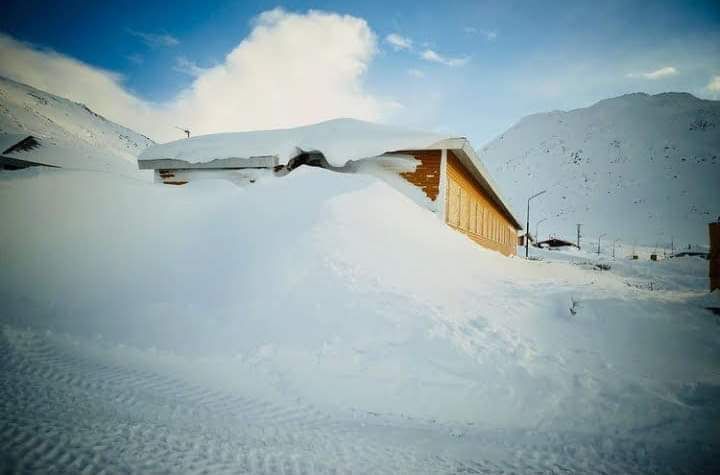
I 2012 var der 60 mand på vagt i Grønnedal, hvor hovedfunktionerne var personale, situationscenter personale og servicepersonale på stedet, samt Flåderadio Grønnedal. Grønnedal fungerer i begrænset skala som forsyningsbase til inspektionsskibe og inspektionskuttere.
Sø Undersøgelse
Siden sommeren 1989 har Grønlands Søforskning været placeret i Grønnedal. Der er to rekognoscerings skibe i Grønnedal, hvor der vil blive tilføjet særlige besætninger under undersøgelsen fra maj til oktober.
In 2012, 60 people were on duty in Grønnedal, with the main functions being personnel, situation centre personnel and on-site service personnel, as well as Fleet Radio Grønnedal. Grønnedal functions on a limited scale as a supply base for inspection vessels and inspection cutters.
Sea Survey
Since the summer of 1989, Greenland's Marine Research has been located in Grønnedal. There are two reconnaissance ships in Grønnedal, where special crews will be added during the survey from May to October.
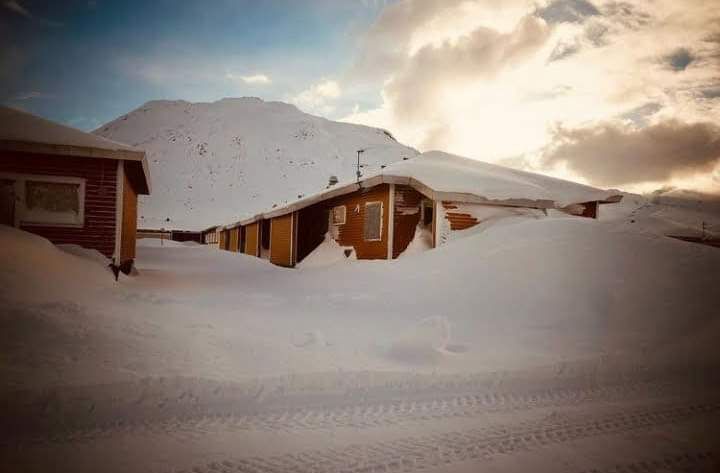
Den Daneborg-base de SIRIUS bug ser patrulje har til opgave at føre tilsyn med og erklære suverænitet i det nordlige og nordøstlige Grønland. SIRIUS og Mestersvigs værnevagt har politibeføjelser og styrer expeditioner i nationalpark. Nord Station er det nordligste militæranlæg i forsvaret og har som hoved funktion at holde linjen i drift hele året.
West Aviation Group
Luftgruppe Vest på Søndre Strømfjord, drevet af Flyvevåbnet, har til opgave at luftbåren kontrol af Grønland og kritisk evakuering af patienter til Danmark.
The Daneborg-based SIRIUS towing patrol is tasked with monitoring and declaring sovereignty in northern and northeastern Greenland. SIRIUS and the Mestersvig Guard have police powers and control expeditions in the national park. The North Station is the northernmost military installation in the defence and its main function is to keep the line in operation throughout the year.
West Aviation Group
Air Group West at Søndre Strømfjord, operated by the Air Force, has the task of airborne control of Greenland and critical evacuation of patients to Denmark.
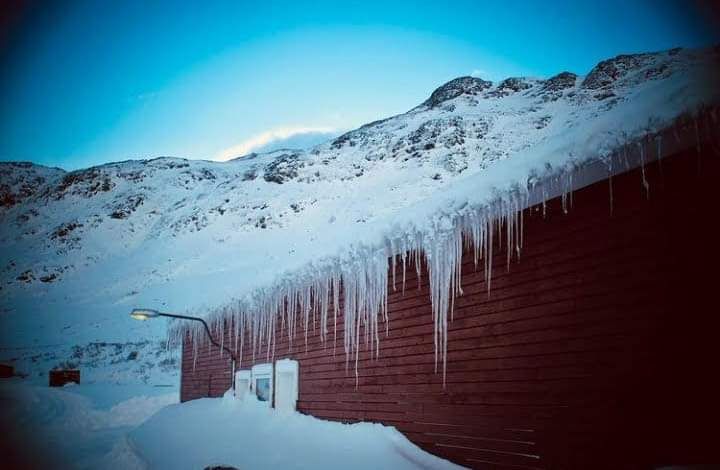
Luftgruppe Vest på Søndre Strømfjord, drevet af Flyvevåbnet, har til opgave at luftbåren kontrol af Grønland og kritisk evakuering af patienter til Danmark.
Arktisk Kommando
Med oprettelsen af Arktisk Kommando og overførslen til Nuuk den 1. november 2012 overgik Grønnedal til Tjenester "Forsvarets Bygninger og Etablissement", som stod for færdiggørelsen af Grønnedal. Området omfatter mindst 78 bygninger, hvof 23 er family house, de resterende gårdtanke, pakhuse, en helikopter terminal, et værksted, en bunker, et varmeværk, et antenneanlæg til et frysehus, en skilift med mere. Forsvarskommandoen forventer, at forsvaret forlader Grønnedal med udgangen af 2014. Kulturel og historisk dokumentation af bygninger, anlæg og samlinger af alle museale værdigenstande vil først blive lavet i forbindelse med lukningen af Grønnedal.
Air Group West at Søndre Strømfjord, operated by the Air Force, has the task of airborne control of Greenland and critical evacuation of patients to Denmark.
Arctic Command
With the establishment of Arctic Command and the transfer to Nuuk on 1 November 2012, Grønnedal was transferred to the Services "Defence Buildings and Establishment", which was responsible for the completion of Grønnedal. The area includes at least 78 buildings, of which 23 are family houses, the remaining farm tanks, warehouses, a helicopter terminal, a workshop, a bunker, a heating plant, an antenna system for a freezing house, a ski lift and more. The Defence Command expects the defence to leave Grønnedal by the end of 2014. Cultural and historical documentation of the buildings, facilities and collections of all museum valuables will only be made in connection with the closure of Grønnedal.